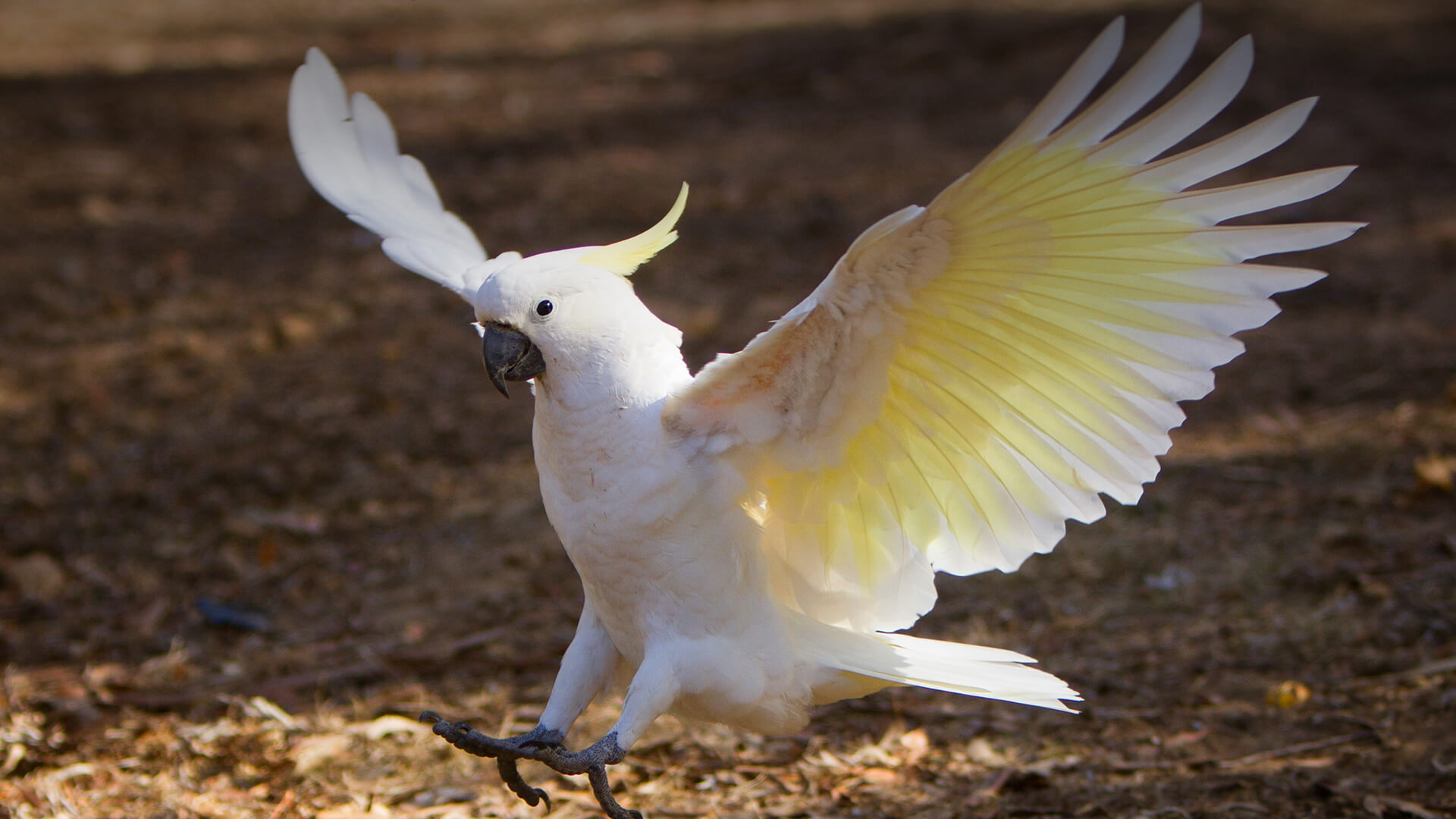


"Major Mitchell's cockatoo" has been designated the official name by the International Ornithologists' Union. It is here placed in its own monotypic genus ''Lophochroa'', though to include it in ''Cacatua'' as others do is not wrong as long as the corellas are also included there. Another indication of the early divergence of this species from the "white" cockatoo lineage is the presence of features found otherwise only in corellas, such as its plaintive yodeling cry, as well as others which are unique to pink and the true white cockatoos, for example the large crest and rounded wing shape. Indeed, disregarding the crest, Major Mitchell's cockatoo looks almost like a near-leucistic version of that species.

Like the galah, this species has not lost the ability to deposit diluted pigment dyes in its body plumage, although it does not produce melanin coloration anymore, resulting in a lighter bird overall compared to the galah. Major Mitchell's cockatoo may be more closely related to ''Cacatua'' than is the galah, and that its lineage diverged around the time of or shortly after the acquisition of the long crest probably the former as this crest type is not found in all ''Cacatua'' cockatoos, so must have been present in an early or incipient stage at the time of the divergence of the pink cockatoo's ancestors. Citing Lear, William Swainson gave it the name ''Plyctolophus erythropterus''. Edward Lear painted it in his 1832 work ''Illustrations of the Family of Psittacidae, or Parrots''. The scientific name commemorates the London naturalist and taxidermist Benjamin Leadbeater, who had given Vigors what would become the type specimen. It is not a list of all plausible threats and relevant actions, but a subset of each that are high impact and can be feasibly addressed over the life of the Action Plan to improve trajectories for the priority species.Irish naturalist Nicholas Aylward Vigors described the species in 1831 as ''Plyctolophus leadbeateri''. We have made some adjustments based on new information. The key threats and priority actions come from conservation planning documents and the Action Plan for Australian Birds 2020. Read moreįurther information on this species, including links to conservation planning documents can be found here: Species Profile and Threats database - South-eastern Red-tailed Black Cockatoo Sources

Read our Threatened Species Action Plan 2022-2032. We will be updating these Threatened Species Action Plan profiles to include: Managing prescribed fire carefully to prevent crown scorch.Installation of nest boxes, including necessary ongoing maintenance and repairs.Large areas of stringybark and Buloke planted and maintained.Drought affecting the flowering of the eucalypt feed trees.Increase in frequency of high severity fire, causing crown scorch and reduced seed production in feed trees.Habitat loss from agriculture and forestry plantations, particularly loss of large, very old Buloke trees.Being one of the large cockatoos, it requires very old, large hollow eucalypts for nesting. This cockatoo is highly specialised in what it eats, feeding almost exclusively on the seeds of Desert and Brown Stringybark, and seasonally on the seeds of Buloke. The south-eastern sub-species of the Red-tailed Black Cockatoo is a single population found in far south-western Victoria and just across the border into South Australia. Red-tailed Black Cockatoo (south eastern sub-species) Scientific nameĬalyptorhynchus banksii graptogyne EPBC status


 0 kommentar(er)
0 kommentar(er)
